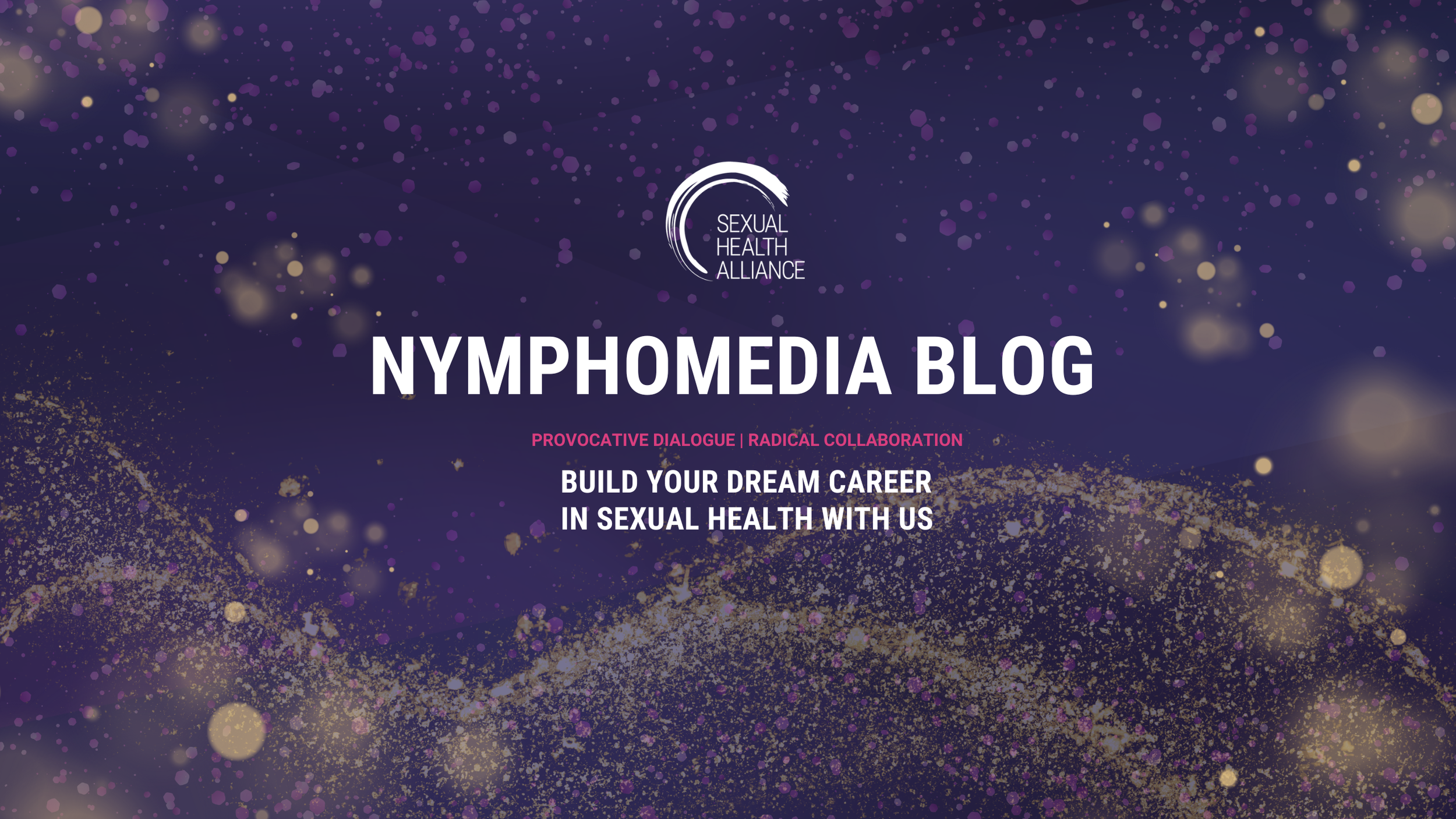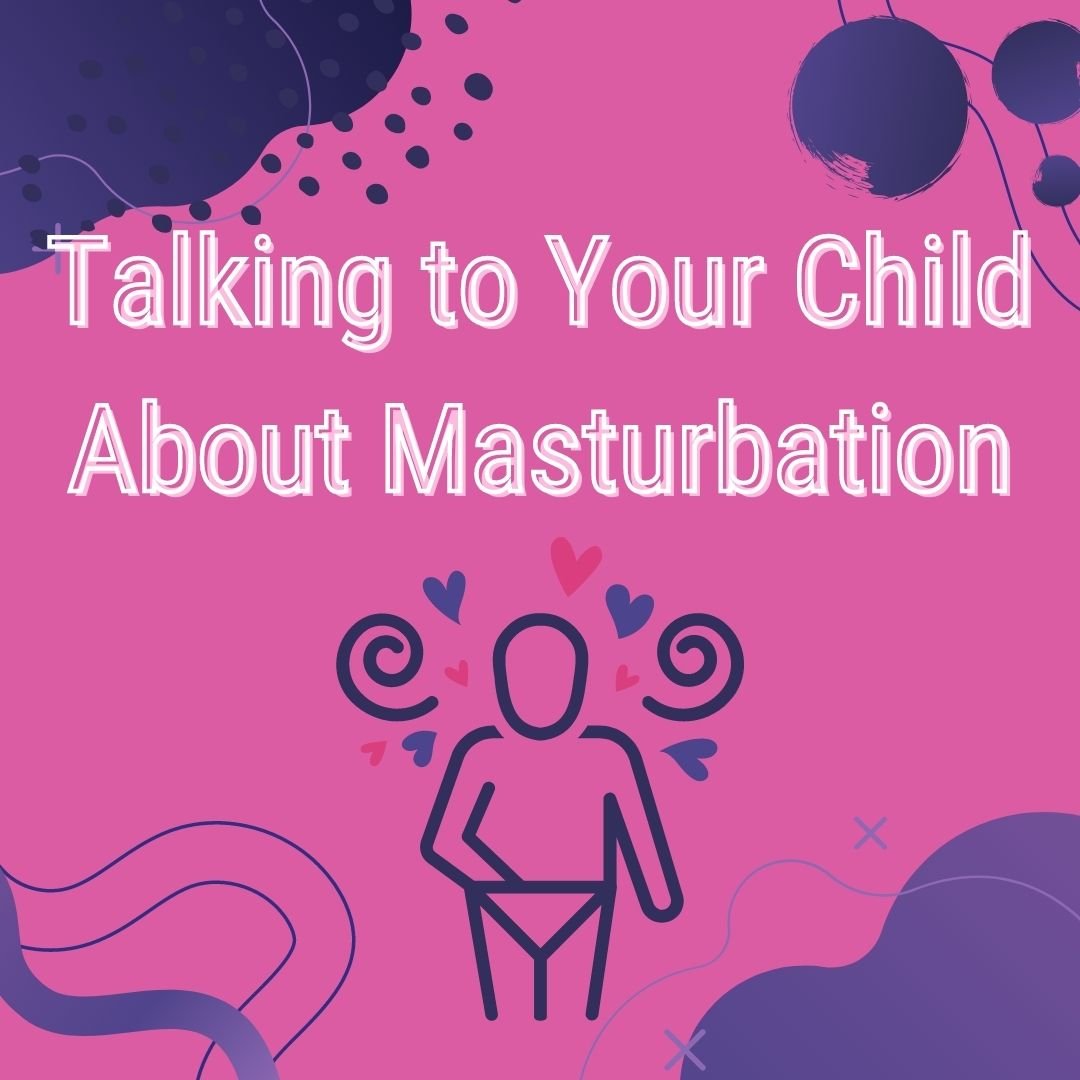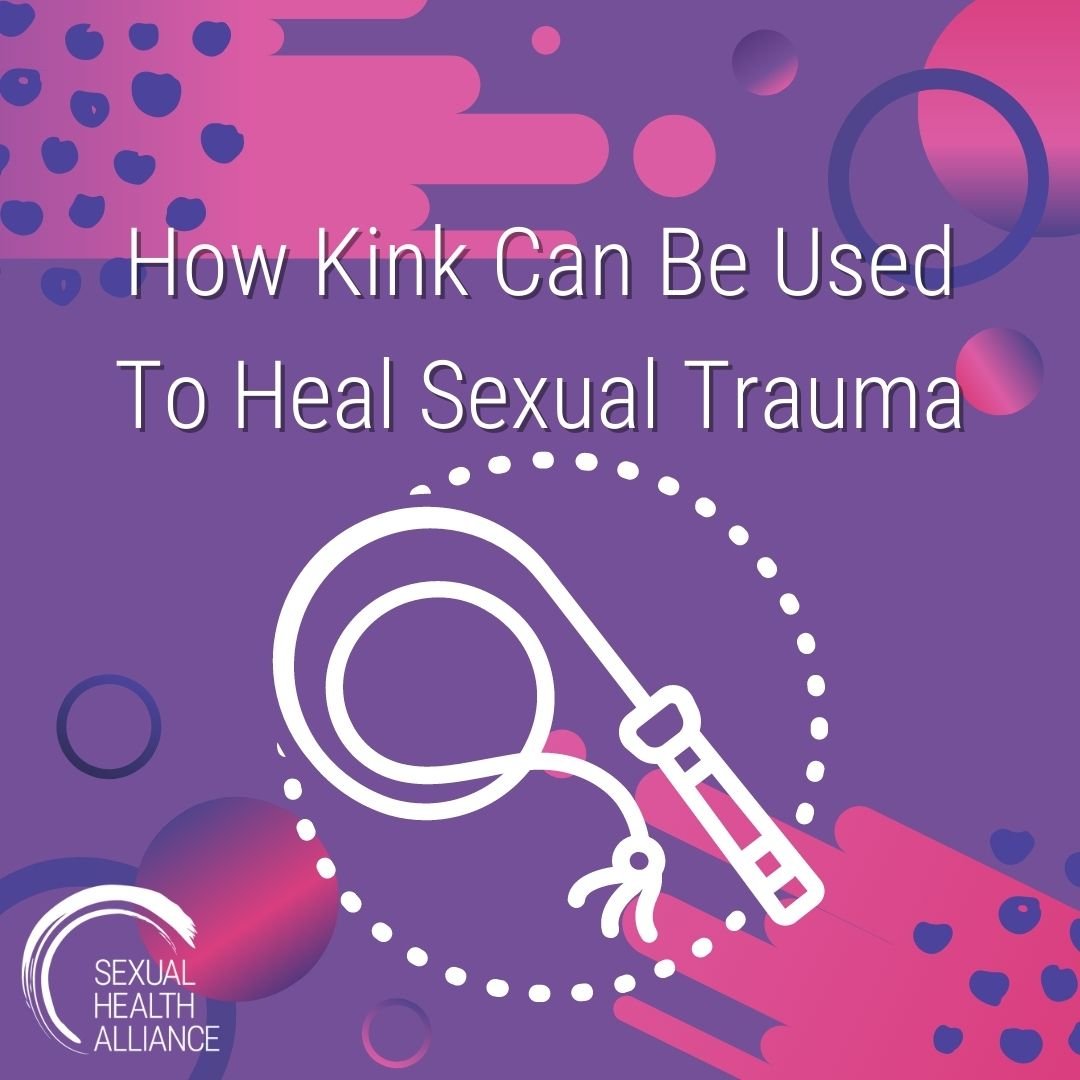Impact play can be summarised as a “practice where one partner strikes another with their hands or toy for sexual gratification.” Examples of this range from the commonly shown spanking, whipping, or flogging. This article will give a basic overview of the science behind enjoying spanking, how to do it safely, and other tips and tricks. A strike on your butt, upper thighs, or other erogenous zones can stimulate your skin's nerve receptors and can trigger the release of endorphins and dopamine. Sanda Lamorgese, author of Switch: Time for a Change further states that for some, the taboo vibes of getting spanked can also be a turn-on.
Note first that impact play does NOT have to be extreme—you have the right to define the intensity of the action to whatever you are most comfortable with. Since impact play falls under what is considered “‘risk play’”, it is imperative that it remains a constant consensual activity with you and your sexual partner—it should never happen without being discussed prior, and the intensity should, under no circumstance, go beyond what you have stated you are comfortable with. The spanking or “punishment” scene in 50 Shades of Grey shows the importance of respecting limitations and allowing a set moment to have consent and boundaries discussed before starting impact play. If you are unfamiliar with the book or film, I would firstly not ever recommend it. But for those curious, the scene involves “submissive” Anna to be seen distressed and visibly upset, whilst “dominant” Chrisitan continues to spank her with a belt. There are many healthy and ethical ways to combine sex and pain, but using 50 Shades as a sex-manual is in no way going to give you an ethical or genuinely useful guide. To see the other ways that 50 Shades has depicted BDSM in an unrealistic or true manner, check out our lovely Alyssa’s blog!
Consent is by far the most important element to safely carrying out impact play. An additionally important concept is on what part of the body should receive impact sensations. Candice Smith, intimacy coach and cofounder of the KinkKit suggests you start with the buttocks and inner thighs due to the protective fat and muscle. Other parts of the body have thinner skin or cover vital organs that can be damaged with less effort. Daniel Saynt, founder of NSFW (The New Society For Wellness), explains that you should also make sure to avoid the spine, tummy, and lower back, as well as the ears, head, feet, and calves, should further be avoided. You can find a graphic of where is and isn’t okay to hit here!
Saynt further suggests that in terms of consent and negotiation, you may want to enact the stoplight system. “During the stoplight system, ‘red’ signifies stop and care, and ‘yellow’ signifies slow down.” Alternatively, some may find they lose their ability to speak during a moment of sensation overload, this is why establishing a non-verbal safety word may be helpful. Examples of this include tapping the bedside table three times or clapping your hands four times. This is especially useful if you are combining impact play with something like a ball-gag which restricts your ability to speak. Finally, before taking part in impact play, you may find it useful to create a “pain scale.” This involves using a number scale to communicate how much impact you can or want to take. “Begin with a few light swipes and then have your partner tell you the number of pain they’re feeling, plus what number they’d like to get to in that scene,” says Saynt.
WAYS TO PRACTICE IMPACT PLAY
If you are brand new to impact play, you can start by practicing some smacks on a pillow using a flat palm. Get used to the momentum and strength you naturally give. Then move on to lightly spank the fleshy part of your partner’s body. Once again, take this slowly and communicate between each slap.
One of the most common ways to practice impact play is slapping. This involves a “hand spanking” that happens on body parts other than the buttocks, places that can be slapped can involve the thighs and face cheeks. Make sure to start with light slaps before moving on to stronger ones, as if you go too hard with this, there is the potential to knock out your partner.
Spanking not only can be done with your hand, but implements like a belt, paddle, or slapper. These implements can bring along different sensations, a paddle may give a ‘thuddy’ sensation, whereas a cane feels more like a sting. Note that using a cane aggressively can result in welts—go light for your first time using it and slowly work your way up to more impactful strikes.
Punching and kicking are other slightly heavier ways to practice impact play. With these methods, make sure to keep it light. Furthermore, make sure to stay away from the face, spine, or any other major organs.
Flogging and whipping are deemed to be a more intense form of impact play, and generally should be reserved for those with skill and experience. Whipping especially should be reserved for those with experience, if carried out incorrectly—or correctly depending on what you are seeking—it can result in open gashes on your skin.
After any form of impact play, aftercare is a must. Not only should this include physical care such as icing any bruises or rehydrating, but emotional. Make sure to debrief what just happened, share what you liked or perhaps didn’t like, and communicate how you are feeling at that present moment.
Due to impact play being a form of risk play, it is crucial that you keep yourself regularly educated on how to carry it out. There are a variety of online communities like FetLife or Mojo Upgrade that can provide educational videos and resources. Be honest with yourself about your limitations of knowledge about impact play, then take time to dive into these resources and fill those gaps! As always, consent and negotiation are imperative for all impact play to be carried out in the safest manner possible—know that some people may love impact play, others may feel unsure about their preference, and others may want to avoid it all together—and every one of these is a valid feeling! If you’re interested in learning more about the world of kink, check out SHA’s Kink-Informed Certificate program taught by the Supernova of Kink herself, Midori.
By Stephanie McCartney























